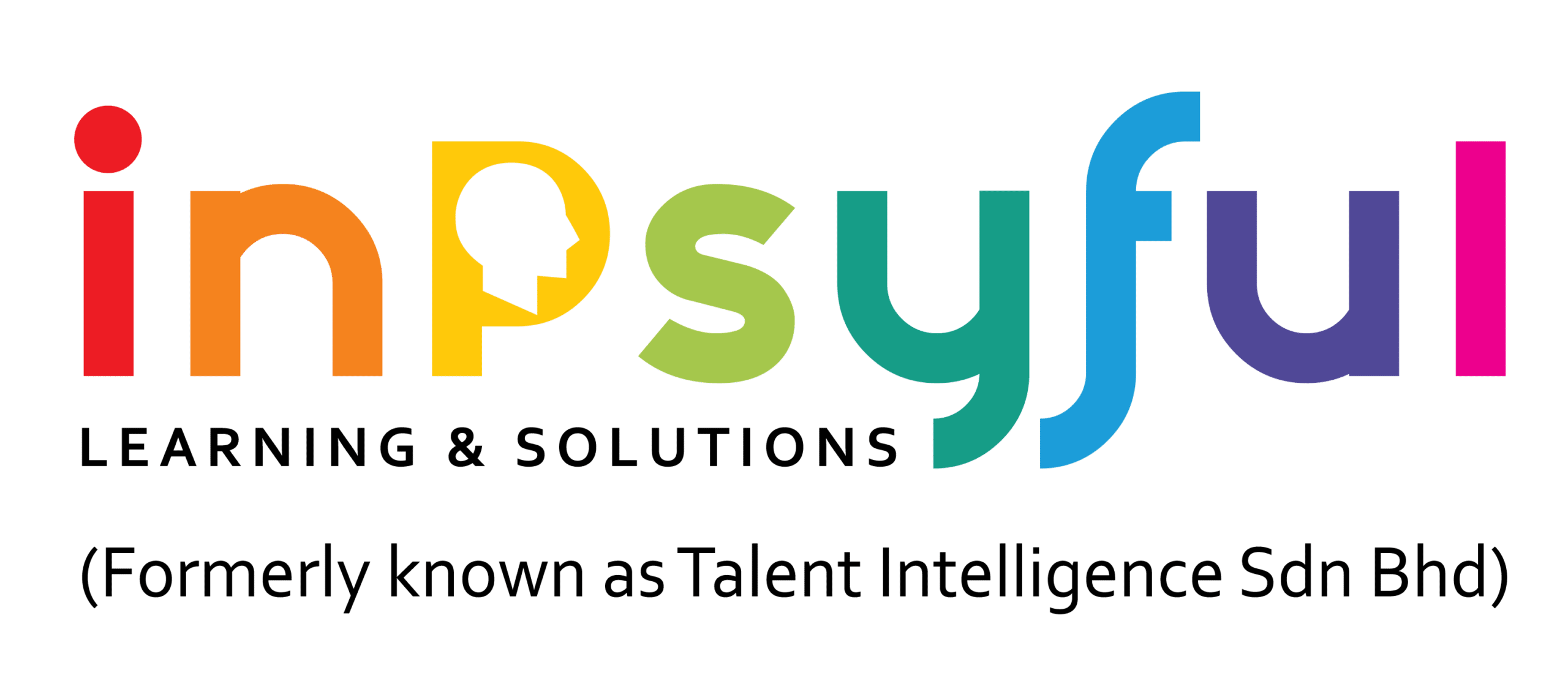DAY ONE
0900 – 0930: Introduction and Ice-breaker
• Model of the World Activity
Morning Session: Fundamentals of Communication
0930 – 1000: Module 1: Setting the Stage
Here is where we contextualise the need to communicate at the workplace to every individual.
i. Why we communicate (at the workplace)?
ii. What are we driving?
iii. How do we normally communicate those intended messages?
iv. What has been challenging about this process?
(This is a facilitated process to bring out the real-world context and use them for subsequent activities)
Activity 1:
a. Group: to list out workplace scenarios and their challenges
1000 – 1015: Break
1015 – 1100: Module 2: Developing the Core Skills
• Active Listening Skills
• Empathetic Listening
• Verbal and Non-verbal Communication
Activity 2:
a. Pair: role play Active and Empathetic Listening through “Totem Exercise”
1100 – 1215: Module 3: Verbal Communication Mastery
• Using the right language for different audiences
• Structuring a message (who, what, why, how)
• The Art of Storytelling – structure and key elements
• Examples of employing Storytelling at the workplace (e.g. presenting data and reports, client engagement, problem-solving
Activity 3:
a. Group: Each group to address a different stakeholder with a crafted message (e.g. to Management, to client, supplier/vendor, etc.)
b. Group: each group to create a story using a workplace scenario; group to share their story in an innovative way (e.g. skit, presentation, audiobook-style, etc.)
1215 – 1315: Lunch
Afternoon Session: Quality Conversation
1315 – 1330: Energizer
1330 – 1400: Module 4: Positive Conversations
• Above-the-Line Conversations
• Conversation Stoppers
• Introduction to Emotional Management
Activity 4:
a. Pair: role play to bring the conversation above the line
1400 – 1530: Module 5: Crucial (Difficult) Conversations and Conflict Management
• Why Crucial Conversation
• Tips to Manage Crucial Conversations
• Role of Crucial Conversation in Conflict Management
• Mapping Conversation Styles to Conflict Management Styles
Activity 5:
a. Pair: Partners to use different techniques to demonstrate positive attitude to given “stress” scenarios
1530 – 1545: Break
1545 – 1630: Wrap-up Activity
a. Crash Landing using Communication Styles ( in the form of 6 Hats)
1630 – 1700: Key Takeaways and Closing
DAY TWO
0900 – 0930: Introduction and Energizer
• How Funny is AI?
Morning Session: The Role of AI in Communication
0930 – 1030: Module 6: Supporting Communication using AI
• Understand how AI can enhance communication skills.
• Explore AI tools for communication support
• Comparison of 3 major AI tools (Co-pilot, ChatGPT and Gemini)
Activity 6:
a. Class: to play with all 3 tools by using the same prompt and observing differences
1030 – 1045: Break
1045 – 1200: Module 7: Using AI for Writing and Language Improvement
• Use AI tools to refine written communication.
• Learn how AI tools provide real-time suggestions
Activity 7:
To encourage participants to have their device with them to access their emails
a. Individual: Apply AI to improve emails and review suggestions
1200 – 1300: Lunch
1300 – 1315: Energizer
1315 – 1430: Module 8: Enhancing Collaboration and Communication with AI
• AI-powered collaboration platforms (e.g., Microsoft Teams, Zoom AI features).
• Automating meeting notes, transcription, and follow-up tasks.
Activity 8:
a. Group exercise: Use an AI tool to summarize a mock meeting and create an action plan
1430 – 1515: Module 9: Scenario-based Learning
Activity:
a. Role Play: using of bots to simulate a variety of scenarios (e.g. presenting reports, sales & marketing, responding to difficult customer, etc.)
1515 – 1530: Break
1530 – 1630: Wrap-up Activity
• Group: use scenarios created in Activity 1 (i.e. challenges) to craft a message intended for the stakeholder; present it in class employing storytelling and AI; there will be a 5-minute Q&A after every group
1630 – 1700: Sharing Circle and Closing
Post Training (Continuous learning)
• Propose creating bot for continuous practice



